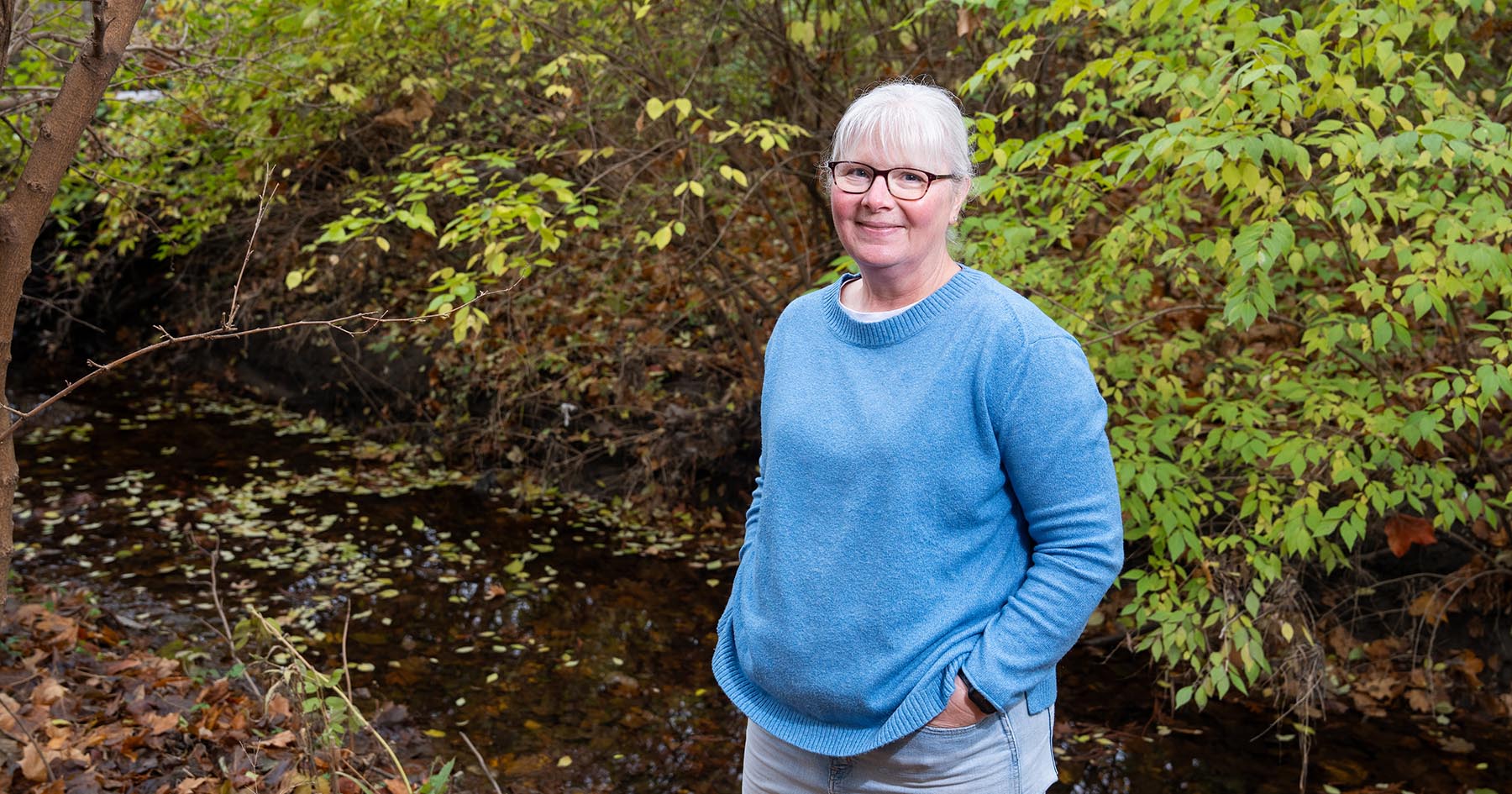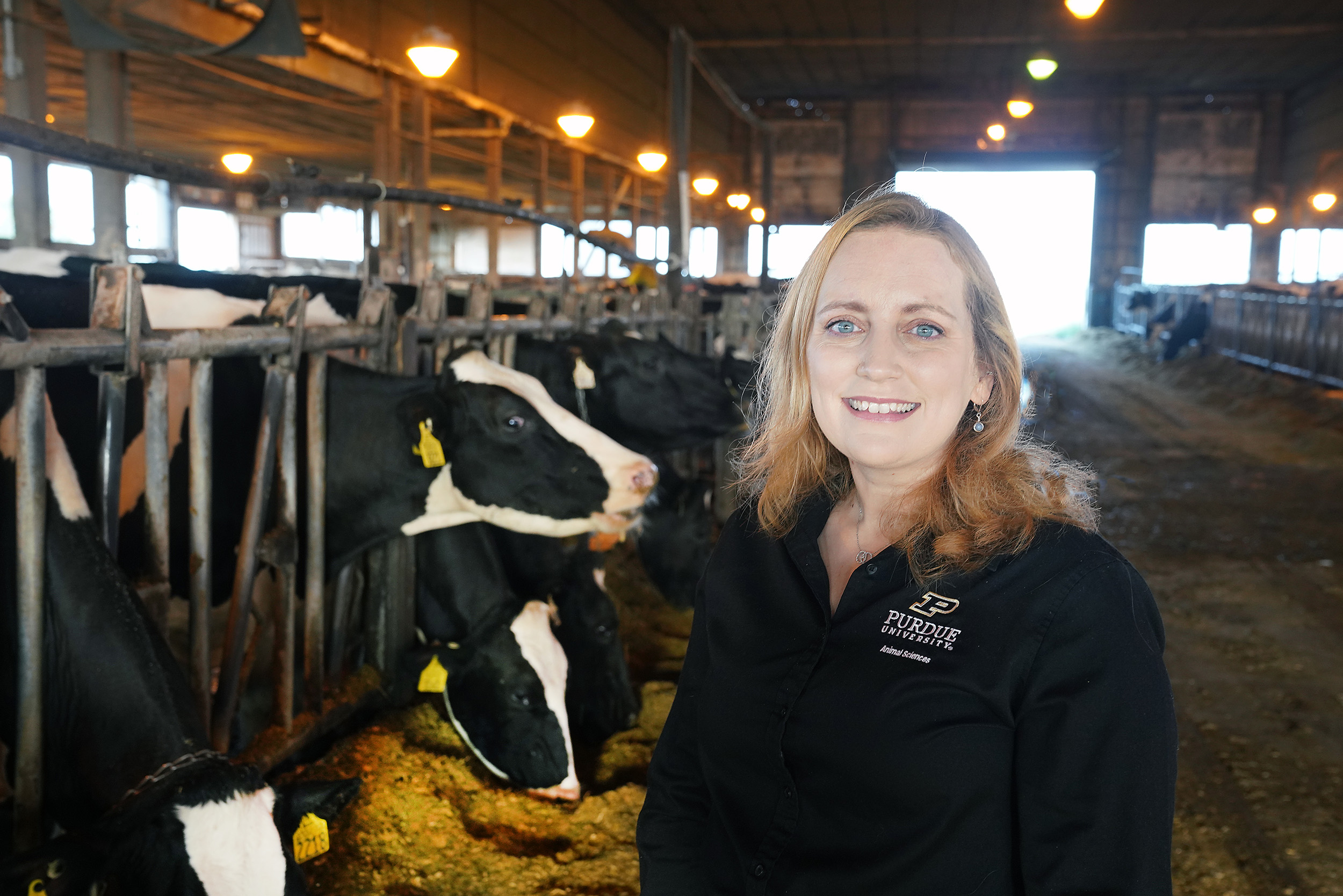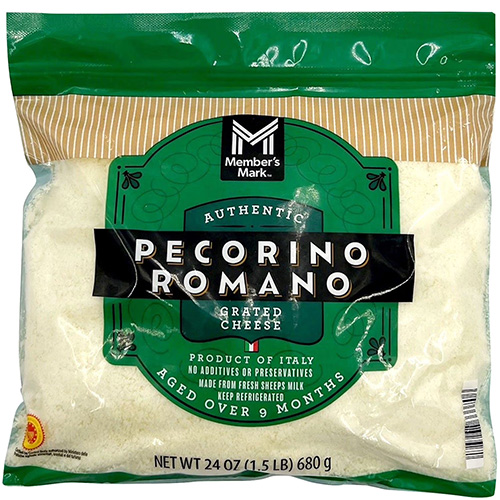Connecting the Glasgow Climate Change Conference to Indiana
World leaders and scientific experts are gathered in Glasgow, Scotland, for the 2021 United Nations Climate Change Conference to discuss what collective action must be taken to decrease fossil fuel emissions that lead to warming and extreme weather events.
With these discussions happening on the world stage, the Purdue Climate Change Research Center released animations to illustrate what is happening in Indiana.
Jeff Dukes, Purdue forestry and natural resources professor and director of the Purdue Climate Change Research Center, explained why thinking about your home state should be an important outcome of the Glasgow conference.
“Every region of the world is contributing to climate change in some way,” he said. “These animations provide local context to the Glasgow negotiations. There are many things we can do in our own state that will minimize our contribution to climate change and help insulate us from the impacts.”
Andrea Nebhut, a graduate student in the Department of Forestry and Natural Resources and one of Dukes’ advisees, studies the intersection of climate change, plant invasion and ecosystem services. She explained her motivation for creating the animations.
“Carbon dioxide and other gases that cause climate change are invisible, and so their impact on climate change is something we can’t see as they’re happening,” she said. “With these animations, I hope to communicate the causes and consequences of climate change on a scale that feels personal and actionable to Indiana residents.”
See YouTube animations in links below for more information. More information also can be viewed here.
Climate Change Impacts Indiana’s Corn Production
- Hot weather and drought stress associated with climate change could reduce Indiana corn yields by 12% or more by mid-century.
- Countries’ actions to reduce heat-trapping gas emissions will help determine the severity of future yield losses.
- Countries are discussing their commitments to action at the U.N. climate change conference in Glasgow.
Indiana’s carbon emissions across time
- Human activities in Indiana emitted 192 million metric tons of carbon dioxide in 2018.
- Indiana had the eighth-highest emissions of carbon dioxide of any state that year despite being ranked only 17th in population.
- Depending on policy decisions, changes in our energy system could rapidly reduce these emissions over the coming decade.
The sources of Indiana’s carbon emissions
- The greatest share of Indiana’s carbon dioxide emissions comes from electricity generation, because most of our electricity plants still burn coal and gas.
- Industry generates the second-largest share of emissions, followed by transportation.
- Changes in the sources of energy used in our electricity, manufacturing, and transportation sectors will largely determine the magnitude of future carbon emissions from our state.





